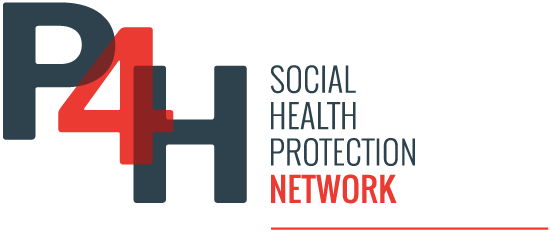On International Universal Health Coverage Day 2023, WHO/Europe highlights a critical report on the affordability of health care in Estonia.
On International Universal Health Coverage Day 2023, a new report on affordable access to health care in Estonia reveals that 1 in 14 households (7%) experienced catastrophic health spending in 2020 due to out-of-pocket payments. As a result, many of these households struggled to afford basic necessities such as food, housing, and heating. In the same year, 2% of households were pushed into or further into poverty by health care costs.
Although Estonia’s rate of catastrophic health spending remains higher than in many European Union (EU) countries, the situation has improved since 2015. According to the report, titled
“Can people afford to pay for health care? New evidence on financial protection in Estonia 2023”
This progress reflects positive changes in coverage policy and other factors.
However, gaps in health coverage continue to undermine financial protection. The report highlights shortcomings across three dimensions of coverage:
- Who is covered: Approximately 10% of working-age people lack coverage due to entitlement being linked to social health insurance contributions.
- Which services are covered: The Estonian Health Insurance Fund (EHIF) provides broad benefits but offers limited coverage for adult dental care.
- The proportion of costs covered: While the Government has made efforts to reduce copayments for outpatient medicines and dental care, further measures are needed to protect low-income households.
Dr. Natasha Azzopardi-Muscat, Director of the Division of Country Health Policies and Systems at WHO/Europe, stated:
“The Tallinn Charter of 2008 affirmed that no one in Europe should become poor due to ill health. Since then, Estonia has made significant reforms, particularly to improve the affordability of outpatient medicines and dental care. Our latest analysis calls for continued efforts to reduce out-of-pocket payments and strengthen financial protection for vulnerable households.”
To enhance financial protection, WHO/Europe recommends that Estonia:
- Close the gap in population coverage by basing entitlement to EHIF benefits on residence.
- Expand and fine-tune benefits to meet the needs of the most vulnerable groups.
- Increase protection from copayments, particularly for low-income households.
- Abolish balance billing for primary care to ensure access is not dependent on the ability to pay.
- Reduce out-of-pocket payments for long-term and outpatient care by promoting cost-effective prescribing practices and regulating prices.
The findings draw on data from household budget surveys (2015–2020), Estonian System of Health Accounts data for 2021, and coverage policy analysis up to 2023. The report was financially supported by the European Commission’s Directorate-General for Health and Food Safety.
Financial protection is a cornerstone of universal health coverage and a core indicator of health system performance. WHO/Europe, through its Barcelona Office for Health Systems Financing, monitors financial protection using regional equity-sensitive indicators. The office provides tailored technical assistance to countries to reduce financial hardship and unmet health care needs by addressing gaps in coverage.
Read more here.





